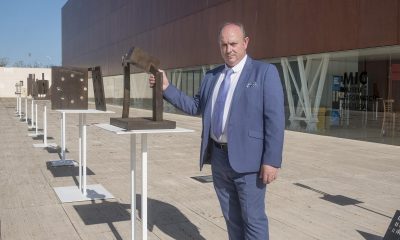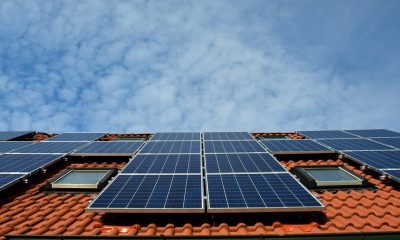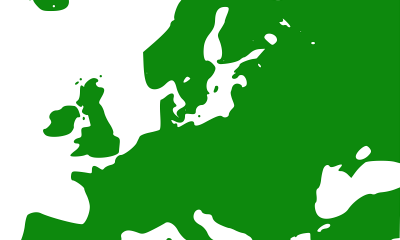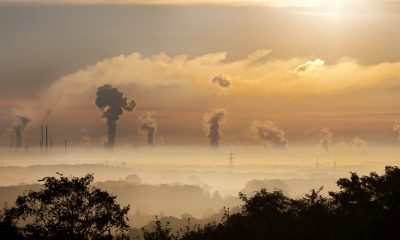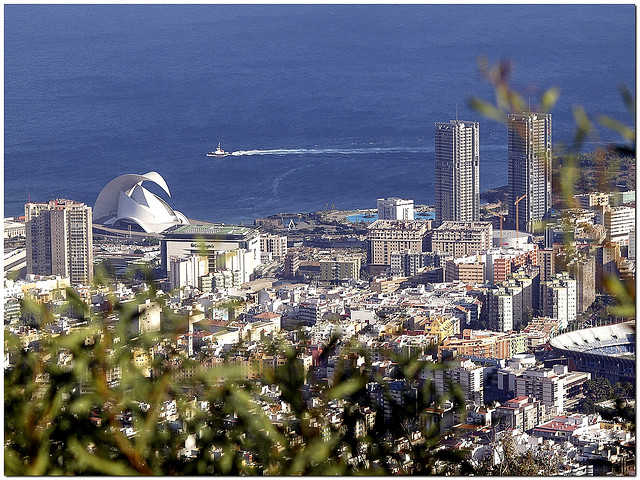Environment
Saving the Planet: Where Will We Finish in Our Race Against Climate Change?
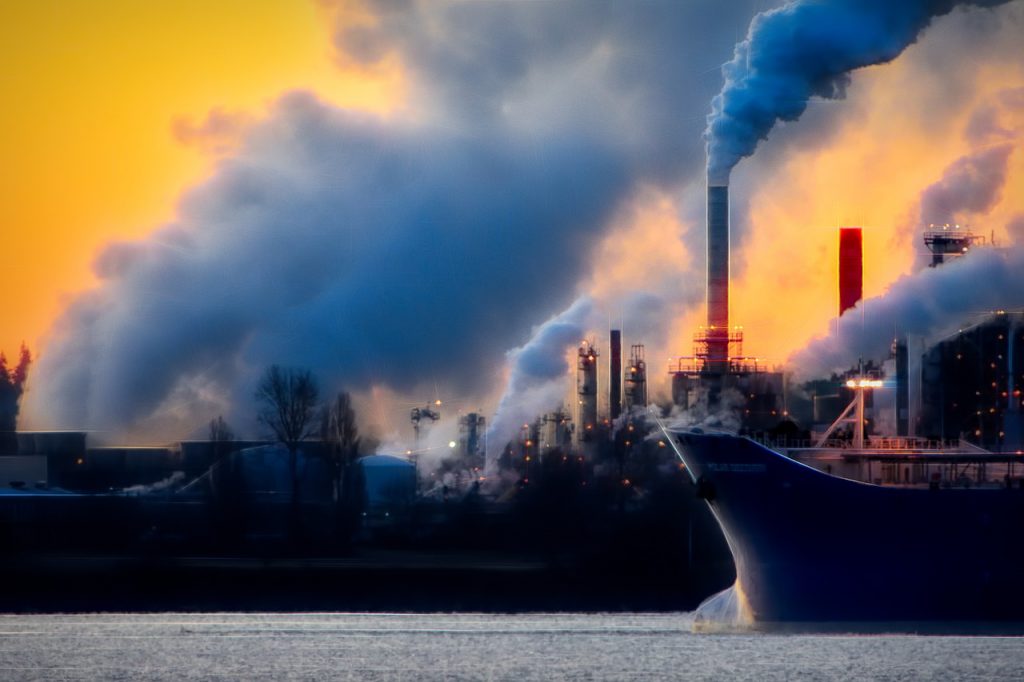
2017 will go down as yet another year in history with landmark changes in global warming and climate change. As estimated by the 2017 Global Carbon Budget, global carbon emissions this year are on course to touch a record high level of 37 billion tonnes. Also, 2017 is set to be among three of the hottest years ever recorded, the United Nations revealed earlier this month. Further, 2017 is also slated to be the hottest year ever on record which has seen no intrusion from the El Nino effect that results in heat being released from the Pacific Ocean about once in every five years.
“These findings underline the rising risks to people, economies and the very fabric of life on Earth if we fail to get on track with the aims and ambitions of the Paris agreement,” Executive Secretary of the United Nations Framework Convention on Climate Change Patricia Espinosa said of the situation ahead of the Bonn Climate Conference that took place earlier this month in Germany. Her sentiment is widely accepted and shared by the representatives of almost every country in the world, by environmental experts across the globe, by the media, by me and probably by you as well. However, in the blitz of repeated warnings and fresh facts nearly every week of every month, the only aspect that seems to be a regular is the lack of action on the issue especially on national and international levels, and that is concerning, considering the vigour with which promises are made by the leaders of some of the largest countries on the international stage. Thus, in the wake of fresh warnings by scientists on climate change, the developments in the recently concluded Bonn Conference do not seem as satisfactory when billed against these same warnings. Let’s have a look at each of the two.
A second warning: are you aware?
Starting July this year, more than 15,000 scientists from 184 countries have issued a global warning to humanity in a letter calling for a change in both attitude and action to save our planet and ourselves from our own recklessness. Titled ‘World Scientists’ Warning to Humanity: A Second Notice’, the letter puts light on key issues that threaten our survival: shrinking freshwater resources and marine fisheries, an increase in the number of dead zones, declining proportion of forests, a decline in many vertebrate species, increasing temperatures and carbon dioxide emissions across the world, and an increase in the human population towards unsustainable levels. The letter claims that with the current trends unchanged, many life forms will be extinct or headed towards extinction before the end of the century. However, it also credits humanity with one achievement of a decline in the presence of ozone depleting substances. The letter also lists the measures that are absolutely necessary to bring about the desired change. Some of these include restoration of forest areas, repopulating native species, reducing food waste and making dietary shifts towards plant based foods, and promoting education for women to reduce fertility rates. By the beginning of this month, the letter had received optimum attention from the media.
The movement, started by William Ripple of Oregon State University’s College of Forestry, marks the 25th anniversary of the first “World Scientists’ Warning to Humanity’ that was issued by nearly 1,700 scientists. “A great change in our stewardship of the earth and the life on it, is required, if vast human misery is to be avoided and our global home on this planet is not to be irretrievably mutilated,” reads the original letter from 1992 under the sub-heading “warning”. It is a sad reminder of how little we have progressed in 25 years in our duty to make our home planet remain the home planet for the generations to come.
Bonn Climate Change Conference: Does slow and steady win the race?
In the 2015 Paris Climate Accord, world leaders pledged to ensure that their countries would do their best to limit the rise in global temperatures to 2 degrees Celsius above pre-industrial levels in this century. Since then, a Donald Trump led United States has backed out of the agreement, and climate experts worldwide have sounded alarms claiming that the goal is extremely difficult to achieve going by the current trajectory of the countries that are major contributors of carbon emissions.
The Bonn Conference on climate change or the COP23 in Bonn, Germany was held from November 6 to November 17 to further the negotiations between the involved parties on how the agreement is supposed to pan out 2020 onwards. Some minor yet positive developments at the conference included continued participation from the US delegation signaling their involvement despite Trump’s decisions to take a different course, the launch of the Powering Past Coal Alliance led by the UK and Canada the members of which seek to phase out existing traditional coal power in their jurisdictions, and a long awaited agreement between the parties to work on issues linking climate change and agriculture. That’s about it.
Many of the difficult decisions and issues to be tackled have been relegated to the following year. Negotiations took place on establishing a “rulebook” to govern the processes required to be able to move in line with the goals of the Paris Agreement. The deadline for this task is the COP next year in Poland, and a draft of the implementation guidelines was to be ready by the end of the Bonn conference. However, a lot of disagreements between countries on issues such as nationally determined contributions (NDCs) have resulted in the requirements of additional sessions to finish the draft in time.
The tussle between the developed and developing countries over the issue of climate finance arose throughout the talks and remains largely unsettled, again requiring additional sessions for a consensus to be reached among the parties. Further, leaders of island nations were left frustrated due to delays by wealthy nations in compensating these countries which are most threatened by the effects of climate change. “This means life or death for us”, said Tommy Remengesau, the president of Palau, saying that the issue “is a moral question, and it requires a moral answer.” The pace with which developments are taking place make it quite evident that we are still far away from the goals set during the Paris Accord. With the current trends, we are more likely to end up with a rise in global temperatures of 3 degrees Celsius this century, the results of which may be catastrophic. In the meantime, the warnings will keep increasing. They will keep increasing till the point at which they become regrets, a transition which it’s possible that many may not even live to see. “Soon it will be too late to shift course away from our failing trajectory, and time is running out. We must recognize, in our day-to-day lives and in our governing institutions, that Earth with all its life is our only home”, wrote Ripple in his letter in his bid to make anyone who comes across his piece aware of where we’re headed. Perhaps change will come only when we are made aware, albeit painfully, of what it is that we are losing, or that which we may have already lost.
Environment
The Future of Fashion: The Rise of Eco-Conscious Brands in the Luxury Market

The once opulent and exclusive realm of luxury fashion is undergoing a dramatic transformation. Driven by a growing global consciousness about environmental impact, consumers are demanding more sustainable choices, even at the highest price points. This shift in consumer preferences is reshaping the industry, forcing luxury brands to reevaluate their production processes and material sourcing.
As a result, luxury eco-friendly collections are becoming increasingly sought after, and brands that prioritize sustainability are gaining a competitive edge.
Key Trends Shaping the Market
The luxury fashion market is experiencing a significant shift as sustainability becomes a core value for both brands and consumers. One of the most prominent trends is the rise of eco-friendly fashion that blend high-end design with ethical practices.
These collections are characterized by the use of sustainable materials, such as organic cotton, recycled fabrics, and innovative alternatives to traditional textiles. Brands are also focusing on reducing their environmental impact by adopting eco-friendly production methods, including water-saving technologies and carbon-neutral manufacturing processes.
Brands like Onibai are at the forefront of this movement, offering exquisite designs that not only cater to the aesthetic tastes of discerning customers, but also align with their values of sustainability. As consumers become more aware of the environmental and social implications of their purchases, they are increasingly seeking out brands that offer a blend of luxury and responsibility.
Consumer Demand Driving the Change
Consumer preferences are increasingly dictating the trajectory of the fashion industry. A growing emphasis on sustainability and ethical practices has empowered consumers to demand more from the brands they support. This shift in consumer behavior has led to a surge in demand for luxury eco-friendly products, forcing fashion houses to adapt their business models accordingly. This demand for transparency and ethical practices has compelled luxury brands to rethink their strategies and adopt more sustainable business models.
For example, a recent study by McKinsey & Company found that 66 % of global consumers are willing to pay more for sustainable products. This trend is particularly strong among millennials and Gen Z consumers, who are more likely to be environmentally conscious.
Leading the Way: Eco-Conscious Luxury Brands
Several luxury brands have emerged as leaders in the sustainable fashion movement, setting a precedent for the industry. Onibai, for instance, has distinguished itself with its commitment to sustainability, offering luxury eco-friendly collections that resonate with environmentally conscious consumers.
By prioritizing the use of organic materials, low-impact dyes, and fair labor practices, Onibai exemplifies how luxury can coexist with ethical responsibility.
The Future of Luxury Fashion
The rise of eco-conscious brands in the luxury market marks a significant turning point for the fashion industry. As more brands embrace sustainability, the definition of luxury is evolving to encompass not only quality and craftsmanship but also ethical responsibility. This shift is not just a passing trend; it represents the future of fashion, where consumers and brands alike recognize the importance of preserving our planet while enjoying the finer things in life.
In this new era of luxury fashion, eco-friendly collections like those offered by Onibai are leading the way, proving that sustainability is not a compromise but a new standard of excellence. As the demand for sustainable fashion continues to grow, the future of luxury will undoubtedly be defined by its commitment to eco-consciousness, ensuring that elegance and ethics go hand in hand.
Environment
Redefining marine recycling through painting and sculpture
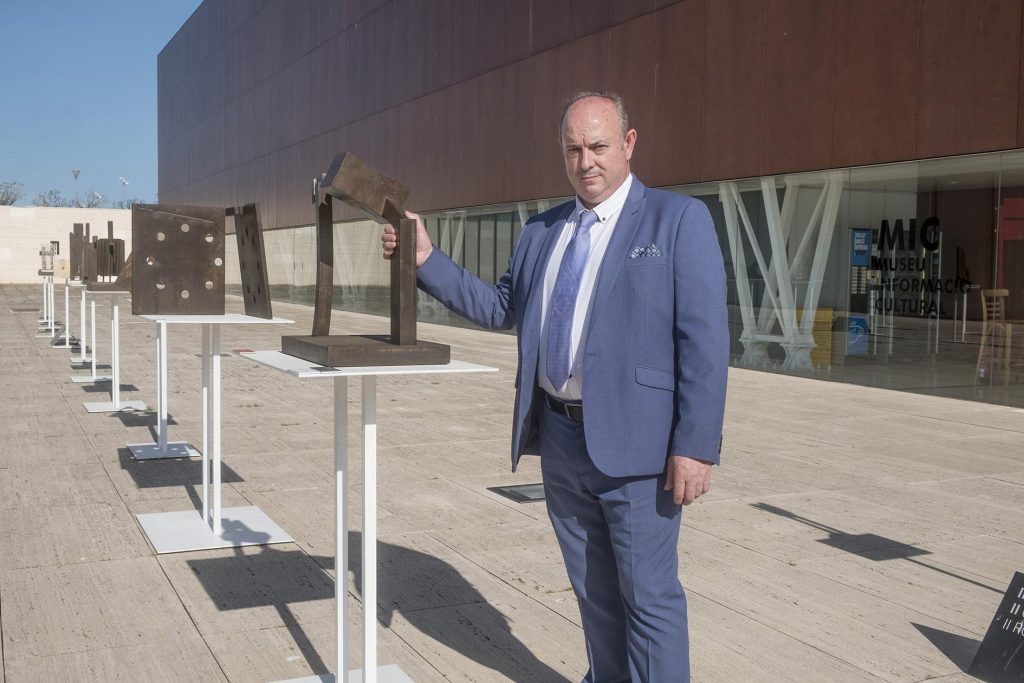
Frutos María Martínez, a self-taught visual artist, has been rescuing waste from the ocean’s waters for decades, turning it into beautiful and elegant artwork. Finishing his first painting and sculpture pieces at just fourteen, Frutos has spent his entire life guided by his passion for art. Becoming a professional artist in the mid-1980s after working at car dealerships, Frutos used his skills and expertise with metal to create sculptures and paintings, inspired by the materials he found along the Mediterranean Coast.
In his pieces, Frutos combines numerous medias to create sculptures, paintings, and collages. As part of his process, María spends time exploring the beaches and waters of Alicante, a Mediterranean city along the southeastern coast of Spain and his home since 1985.
Here, he has found all sorts of materials that have gone on to become pieces in his collections. Steel, iron, wood, nets, and textiles, among other objects, that Frutos salvaged from the ocean can all be found in his art.
By reusing and recycling these found objects, the artist is able to give new life to abandoned and forgotten waste. María recognizes the environmental issues we are facing at a global level, and his art seeks to raise awareness of these challenges. As his materials are pulled straight from the Mediterranean Sea, he is especially invested in taking care of marine life and our oceans. With each item the artist salvages from the ocean, one less piece of waste is polluting the waters.
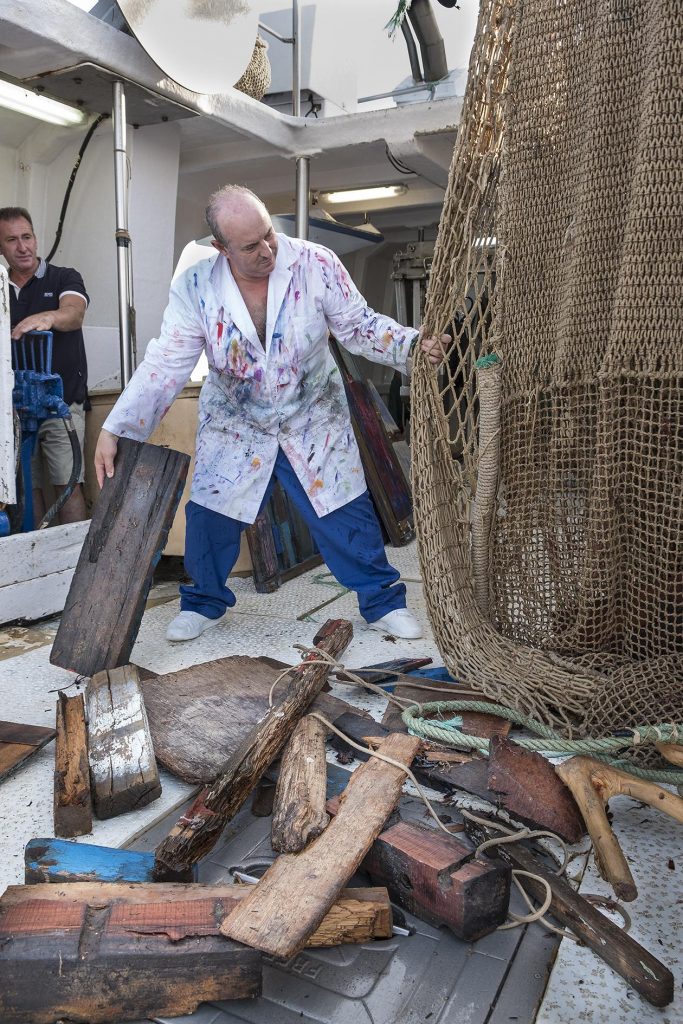
Once the flotsam is collected, Frutos returns to his workshop where he creates works of art in different forms. While other artists may send their work to be fabricated by others, María could not imagine his pieces being created in a place other than his studio. Here, he uses his innate skills with metal and machinery to forge and construct works of beauty. His sculptures follow hard lines, both straight and curved, and his paintings exude color. When making his collages, he takes his found mixed media and creates new stories. He adds paint to wood that was floating in the sea or combines various materials together, reimagining a life for objects that were once trash.
With a true passion for his work, he creates through intuition. He explains that there is a moment when his art becomes completely emotional and personal, “each piece is imbued with my experiences and emotion, all lumped together, all conveyed by means of materials, technique, design and imagination.” The works his hands awaken and renew are the convergence of his mastery and his spirit, bringing new life to discarded objects.These fascinating pieces have been shown in numerous exhibitions, most recently at the Museum of the University of Alicante. There, the artist presented Acero y pecios del mar (Steel and Sea Wrecks), where two collections were displayed jointly, one offering sculptures focused on steel as a material and the other called Nueva Vida, or New Life, a collection whose pieces were created by recycling materials salvaged from sea wreckage. With this collection, he introduced a new layer into his work, adding an element of chaos and destruction to the backstories of his materials.
An earlier exhibition, Janus, displayed over 40 of Frutos’ sculptures on the University of Alicante’s campus. This exhibit, named for the Roman god of doors, gates and transitions, was influenced by the duality of life, of beginnings and ends, and of old and new. While his finished pieces reflect this duality, the materials used to create them manifest this theme through their first death being revived into new life, a tangible and concrete example of the contrasting polarity he was inspired by.
As with his sculpture-centered exhibitions, his shows highlighting his paintings are full of found materials. Pieces that Frutos creates hang with the weight of rescued and recycled materials, such as rusty iron, steel, and wood. This media has been taken from the ocean and included in his art, conjoining with resin, sands, and paint in bold and striking colors.
Frutos María’s ability to not only find new meaning in recycled and salvaged objects, but to clean up the oceans and make the environment less polluted, translate through his moving pieces of artwork, and because of this, he has made a name for himself in the art world.
Environment
Wind energy, the best way to invest into renewable energies
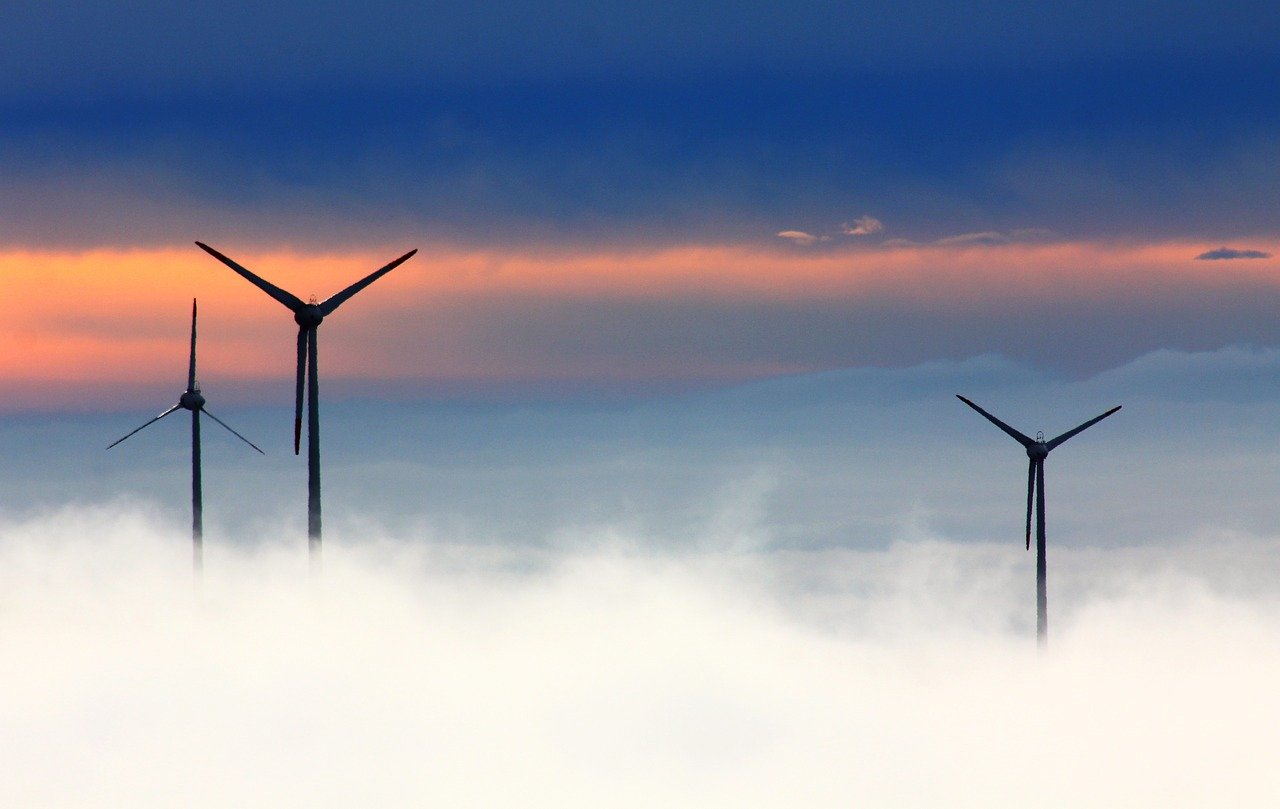
Over the last few years, wind energy has become the type of energy everyone can not stop talking about. This type of energy brings lots of benefits into the table when compared to more traditional sources of energy, like the energy proceeding from radiation or charcoal. Wind energy is cheap to produce, the most efficient renewable energy, and, most importantly, it is an ecological sensitive alternative.
Why should you invest in wind energy?
Wind energy is the energy of tomorrow. This type of energy made their big appearance during the XX century, when wind turbines would be used to bring energy to areas located far from the electricity grid, such as isolated farms, houses or factories.
During the XXI century, wind energy’s popularity kept on rising. Wind energy is as cheap to produce as traditional sources of energy, like radiation or charcoal burning, while falling into the category of renewable energies. This made wind energy become a top contender in the energy industry.
The wind industry’s future looks to be brighter than ever. The current generation is pretty aware of pollution and the effect it has on climate change. This has caused that governments all around the world start promoting new legislations and campaigns promoting renewable energy and, since wind energy is the most efficient type of renewable energy, it is expected that it will become the main source of energy by 2030. Now is the best moment to jump into the wind energy trend!
Making sure you set up an efficient wind farm
As it has been previously stated, wind energy is definitely an option you should consider if you are looking to power up any of your properties or business. However, setting up a wind farm isn’t a small investment, therefore, before starting this process we need to gather all the information we can about its viability. That is why we can not stop recommending that you consult with professional companies like Vortex FDC.
Vortex FDC is a company that has made a name for itself in the wind industry sector. Vortex assists their customers with all the information regarding wind resource they could need.
For example, an important factor we need to consider before setting our wind farm is the terrain. Not all terrains are appropriate to locate a wind farm, therefore, the terrain would need to be assessed before an installation that could result in a waste of assets if the terrain is not appropriate for it. Vortex FDC helps their customers evaluate where the wind farm is going to be placed, and providing information about the wind to choose the type of turbines that would yield better results in that area. Factors like the type of wind (extreme winds, turbulences, etc) or the temperature need to be taken into account when deciding which type of turbine would be more suitable for our wind farm. For example, if we plan to build a wind farm in an area that gets freezing and snowy in winter, we would need to get a turbine system that is cold resistant.
Vortex FDC runs a numerical weather model to feature all the variables that could affect the production levels of your wind farm, regardless of it being situated off-shore or in-shore. Thanks to their always up-to-date technology, you will be able to avoid unpleasant surprises regarding the energy production of your wind farm.
Overall, opting to use wind energy is an amazing idea that will benefit not only our budget, but also the planet. But, in order to do so, we need to make sure that wind farms are viable, and for that, we need to rely on professionals like Vortex FDC.
-

 Technology12 months ago
Technology12 months agoHow Virtual Fly Elevates the World of Flight Simulators
-
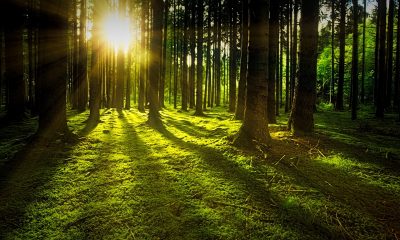
 Travel12 months ago
Travel12 months agoImmerse Yourself in Nature: Explore Forest Bathing with a New Guidebook
-
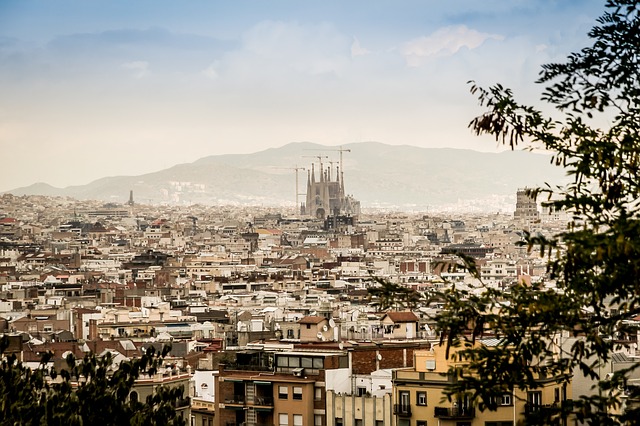
 Europe12 months ago
Europe12 months agoBarcelona and Athens: cities that will leave an everlasting impression
-

 Health12 months ago
Health12 months agoExperience in clinical quality: What is it, and why is it important?
-
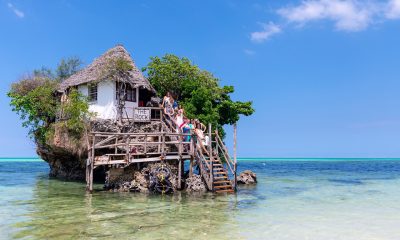
 Travel9 months ago
Travel9 months agoEnjoy a luxury holiday in Zanzibar
-

 Culture and Lifestyle8 months ago
Culture and Lifestyle8 months agoDo you want to surprise a special someone?
-

 Business8 months ago
Business8 months agoServiceNow Development Consultancy: Business Process Automation as Disruptive Technology
-

 Environment8 months ago
Environment8 months agoThe Future of Fashion: The Rise of Eco-Conscious Brands in the Luxury Market


